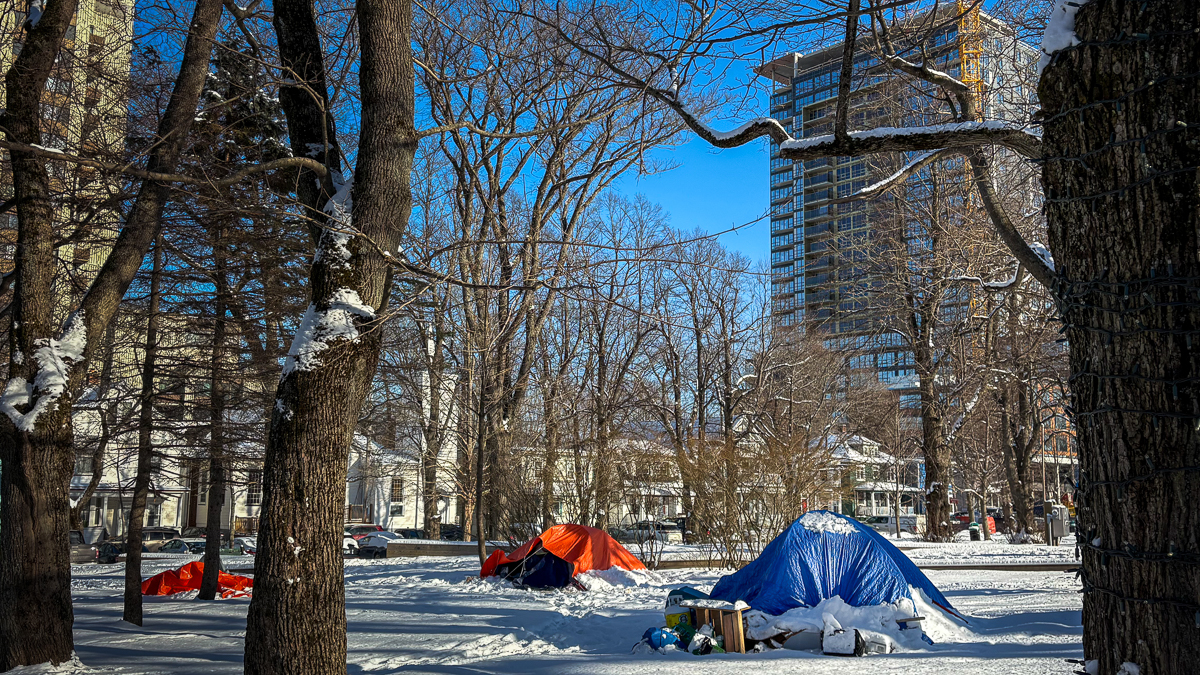Effects of homelessness can linger for years: StatCan study
Report shows that homelessness results in long-lasting barriers

caption
Tents set up in Cogswell Park between Windsor and Parker Street in Halifax. A new Statistics Canada report illustrates how long the effects of homelessness linger.Canadians who have experienced homelessness report significantly lower life satisfaction and challenges in homeownership, even a decade later, according to a new report from Statistics Canada.
The 2022 Canadian housing survey, released Wednesday, found that only 29.3 per cent of households with previous sheltered or unsheltered homelessness and 38.1 per cent of hidden homelessness — such as couch surfing — reported a high life satisfaction 10 years after their experience.
In contrast, 58.8 per cent of Canadian households that have never experienced homelessness reported high life satisfaction.
Jeff Karabanow, professor and associate director of Dalhousie’s school of social work, says there’s no linear pathway out of homelessness.
“There’s a lot of trauma to being homeless,” said Karabanow. “One of the big pieces around homelessness is this real sense of not belonging.”
The survey also highlighted the difference in home ownership. Only 34.7 per cent of Canadian households that experienced sheltered or unsheltered homelessness 10 years ago were now homeowners.
Households that experienced hidden homelessness at least 10 years previously fared better at homeownership – 56.7 per cent. But that percentage still trailed the 68.6 per cent of households that currently own homes having never experienced homelessness.
Karabanow said qualities of financial stability such as a credit rating can affect being a future homeowner. He ran an organization that helped set up bank accounts for people who never had one.
“It’s difficult when you don’t have the same economic matrix as other folks,” he said.
Slightly more than half (51.2 per cent) of households that had a homelessness experience live in unacceptable housing. A figure more than 20 percentage points higher than for households having no experience with homelessness.
“The first real step is being able to locate affordable, healthy, sustainable living arrangements,” Karabanow said.
He said helping homeless people navigate support systems is important.
“These things aren’t surprising,” Karabanow said. “It is a huge hindrance to moving forward when you’ve experienced the disaster of homelessness.”
About the author

Elena Neufeld
Elena Neufeld grew up on a farm near Margaret, Manitoba. She loves photography and film and is a member of the UKC women's volleyball team.
